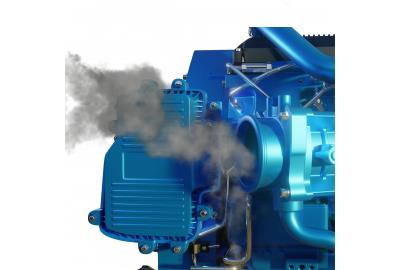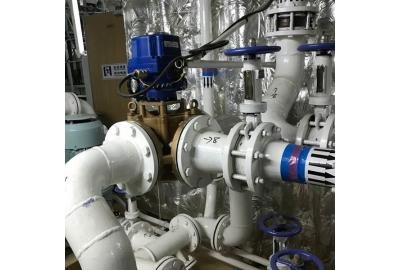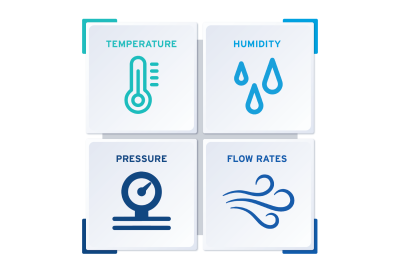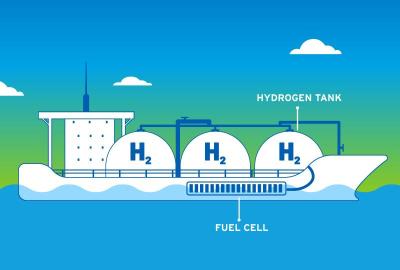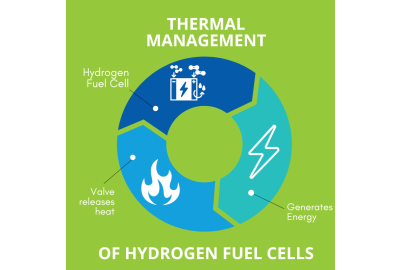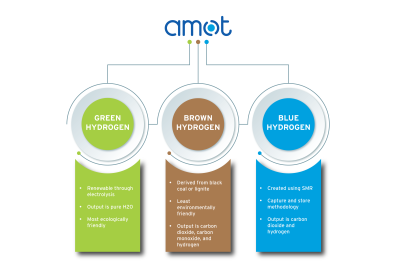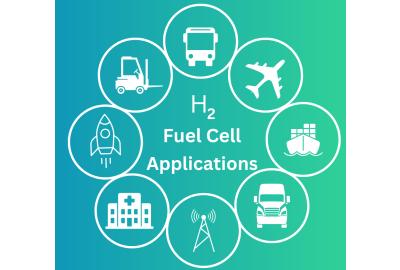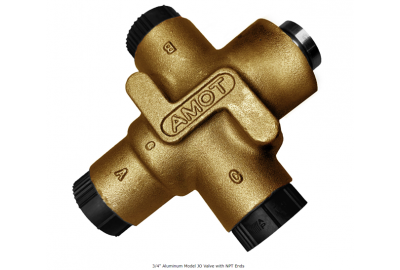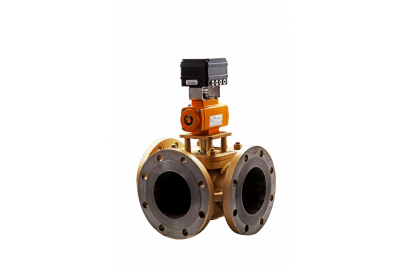Enhancing Fuel Cell Performance: The Four Critical Areas
To ensure the reliable and efficient operation of fuel cells, it is essential to focus on four critical areas: temperature control, humidity control, pressure control, and flow rates.
In this blog post, we will delve into each of these areas and explore their significance in optimizing fuel cell performance.





